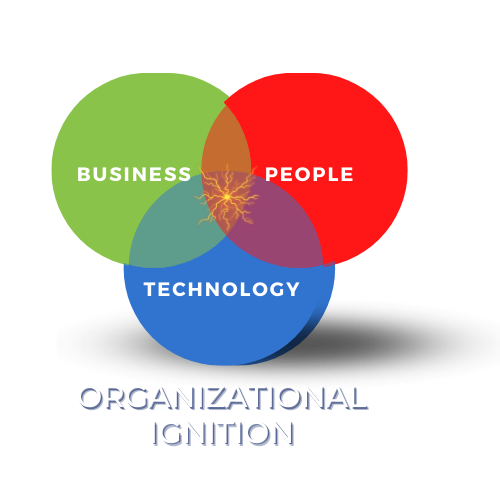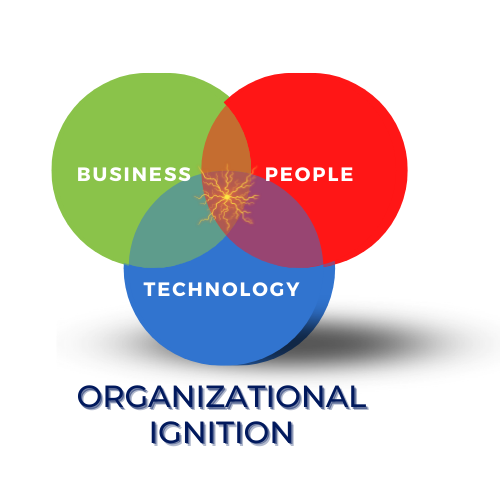In the heart of every thriving community lies a treasure trove of knowledge, opportunity, and connection: the library. More than just a repository of books, a library is a dynamic community hub that provides access to a vast array of resources, services, and programs. It serves as a vital cornerstone of education, literacy, and personal growth, offering a welcoming space for individuals of all ages and backgrounds to explore, learn, and engage. Beyond its traditional role as a haven for readers, the modern library fosters digital literacy, supports job seekers, provides a gathering place for community events, and acts as an essential resource for those seeking information and support.
However, even within these bastions of enlightenment, subtle biases can unknowingly creep into our interactions and practices. Recognizing and addressing these unconscious biases and microaggressions is crucial for ensuring that the library truly embodies its mission of inclusivity and equity. Recognizing and addressing these unconscious biases and microaggressions is crucial for ensuring that the library truly embodies its mission of inclusivity and equity.
I recently facilitated a discussion with the NH Library Association on the topic of bias. It was fascinating to hear the challenges Librarians face and how dedicated they are to providing a space where everyone feels welcome. Here are some thoughts about the questions they had and my thoughts about how to address them.
What are some tips on how to address unconscious bias in others?
1. Educate and raise awareness: Encourage others to learn about different forms of bias and their impact.
2. Promote empathy: Encourage people to understand and share the feelings of those who are different from them.
3. Foster diverse perspectives: Create opportunities for people to work with and learn from individuals with different backgrounds and experiences.
4. Encourage self-reflection: Prompt others to examine their own thoughts, feelings, and behaviors to identify potential biases.
5. Provide feedback: Offer constructive feedback when you notice biased behavior, focusing on the impact rather than the intention.
How can I stay mentally “fresh” on bias?
1. Continuous learning: Regularly educate yourself on various types of biases and their manifestations.
2. Practice self-reflection: Regularly examine your own thoughts and actions to identify potential biases.
3. Seek diverse perspectives: Actively engage with people from different backgrounds to challenge your assumptions.
4. Stay updated: Keep abreast of current research and discussions on bias in various fields.
5. Participate in workshops or seminars: Attend training sessions focused on bias awareness and mitigation.
How can I recognize my own microaggressions?
1. Pay attention to your immediate reactions: Notice your thoughts and feelings when interacting with people different from you.
2. Listen to feedback: Be open to criticism and feedback from others about your behavior.
3. Examine your language: Reflect on the words and phrases you use and consider their potential impact.
4. Question your assumptions: Challenge your preconceived notions about different groups of people.
5. Practice mindfulness: Be present and aware of your actions and their potential impact on others.
How can I get leadership to focus on bias?
1. Present data: Use analytics to identify patterns of bias within the organization and demonstrate the need for action.
2. Highlight business benefits: Emphasize how addressing bias can improve decision-making, innovation, and overall performance.
3. Implement structured processes: Propose systematic approaches to reduce bias in hiring, promotions, and other key decisions.
4. Encourage leadership self-reflection: Prompt leaders to examine their own biases and how they might affect their decision-making.
5. Promote accountability: Suggest incorporating bias awareness and mitigation into leadership performance evaluations.
Which of these resonates with you? Which will you implement? Let me know in the comments.


